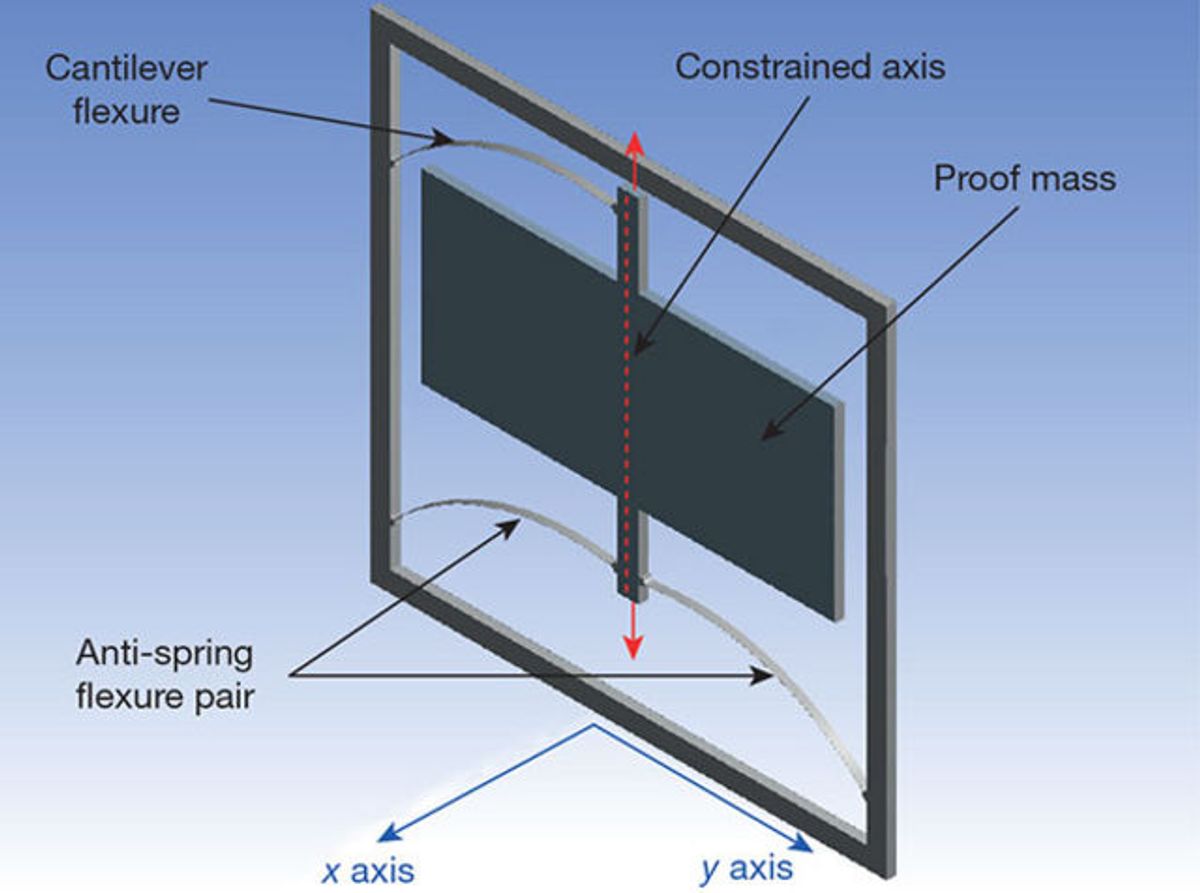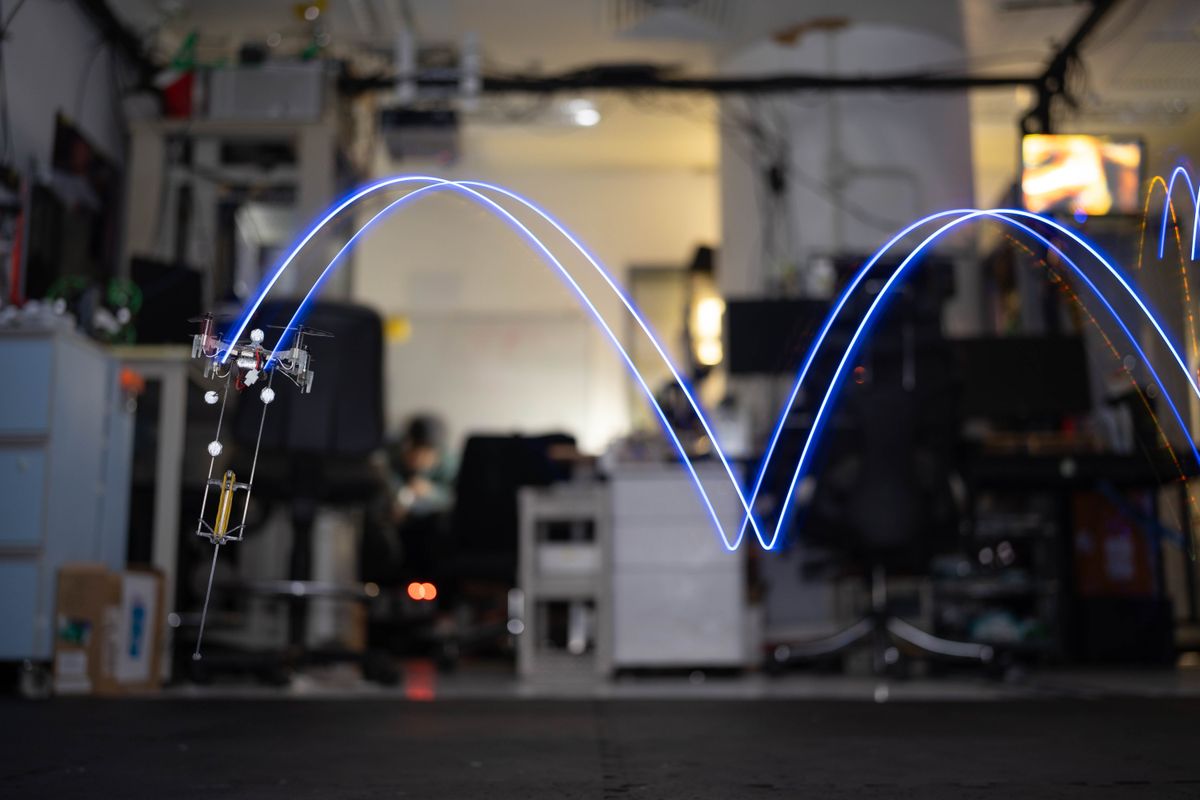To find buried oil reserves, surveyors have for decades used gravity meters, or gravimeters, along with other instruments. Gravimeters are hypersensitive versions of accelerometers: They measure extremely tiny changes in the acceleration due to gravity. These nanoscale changes can happen because of the presence of subterranean geological features like oil wells. The best gravimeters in use today are the size of a shopping basket, weigh a few kilograms, and cost around US $100,000, which limits their use.
But a new postage stamp–size device developed by Scottish researchers could make oil exploration faster, easier, safer, and more economical.
The new microelectromechanical (MEMS) device, along with all of its electronics, fits in a shoebox. And according to Richard Middlemiss—the physics and astronomy graduate student at the University of Glasgow who, along with other researchers at the school’s Institute for Gravitational Research, created the gadget—it could be shrunk down to the size of a tennis ball.
The team described the breakthrough in a paper recently published in Nature. They note that the gravimeter could be made in bulk from silicon wafers, so it should cost no more than a few thousand dollars.
Right now, oil surveying is done by driving or flying low over areas with a bulky gravimeter, measuring gravity’s effect on a mass attached to a string. Such surveys can’t assess rough terrain and “are expensive to do because of people time,” Middlemiss says.
He adds that, “With small, low-cost gravimeters, you could instead leave a network of sensors around a whole site for months.” He also imagines swarms of drones carrying ultra-light tennis-ball-size gravimeters flying low over otherwise inaccessible areas to do oil prospecting. “Instead of buying one device, you could buy a hundred; that would change the way surveys are carried out,” he says.
Middlemiss, University of Glasgow professor Giles Hammond, and their colleagues pushed gravity measurement forward by shrinking things down to the micrometer level. They carved a 15-millimeter-by-15-millimeter-by-7-micrometer piece of silicon to form a rectangular central mass attached to a square frame with three 7-µm-wide springs. The frame is hung between a white LED and a photodiode so that when the mass moves due to gravity, its shadow falling on the photodiode changes. The result: detectable changes in current.
The design is similar to the MEMS accelerometers used in smartphones. But the new gravimeter is a thousand times as sensitive as those, allowing it to detect extremely small changes in gravity.
To test the device, the team bolted the box to the floor in their building’s basement and used it to measure Earth tides, movements of the Earth’s crust due to the gravitational pull of the sun and moon. As the crust moved up and down by about 40 centimeters over the course of a day, changes in gravity moved the silicon mass in the gravimeter by 16 nanometers. That sensitivity was partly due to the thin springs, but also because the researchers enclosed it in a copper shield and vacuum box and maintained the temperature around it to within 1 milliKelvin.
Still, the device isn’t quite as sensitive as commercial gravimeters, Middlemiss says. So the researchers are working to improve its sensitivity even as they make it smaller. Later this year, they plan to test it in the field alongside its commercial counterparts. The team says it is now in talks with a geophysical exploration company and a survey instrument maker to take the technology closer to commercialization.
Besides oil exploration, the smaller, cheaper gravimeters could open up many other applications, including monitoring volcanoes by measuring magma levels under the crust, and studying geological formations and buried archeological features. As Hazel Rymer of The Open University puts it in an accompanying news and views piece: “Once these instruments become commercially available, the applications will be limited only by the user's imagination.”
Prachi Patel is a freelance journalist based in Pittsburgh. She writes about energy, biotechnology, materials science, nanotechnology, and computing.



